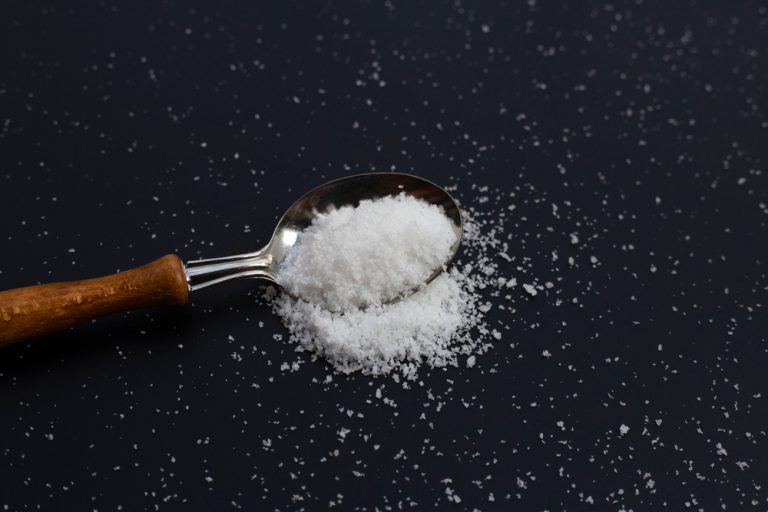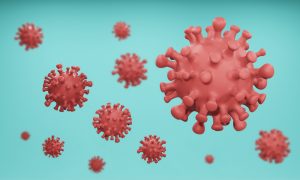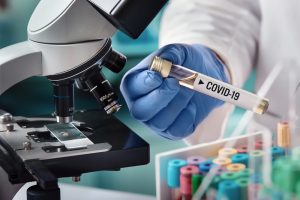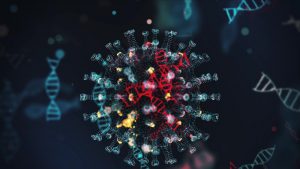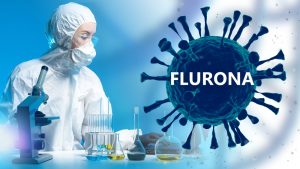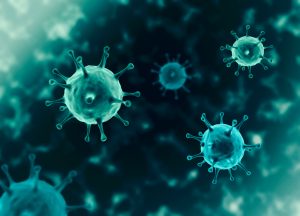
A new study from Cornell University has made a discovery about SARS-CoV-2 that will help researchers come up with appropriate treatment.
Five researchers from Cornell University in Ithaca, New York, wanted to learn more about the structure and mechanisms related to two types of coronaviruses that have created noise in the past. These are SARS-CoV, the virus that can generate severe acute respiratory syndrome (SARS), and MERS-CoV, which can lead to Middle East respiratory syndrome (MERS).
However, in the context of the current COVID-19 pandemic, a group of scientists (Tiffany Tang, Miya Bidon, Javier Jaimes, Ph.D., Gary Whittaker, Ph.D., and Prof. Susan Daniel) turned their attention to find out more about the new coronavirus, SARS-CoV-2.
In their first, as well as current research, the researchers were mainly interested to find how the spike protein functions. The spike protein is a protein used by viruses to transfer their genetic information into cells, causing infection.
The mechanism that might hold the answer
In their research, the scientists looked, particularly, at fusion peptides, a short-chain amino acids present in the spike proteins of the coronaviruses that they were studying.
In order to infect a cell, the viruses go through a several stages process called “membrane fusion,” which ultimately allows them to “insert” their genetic information into the cell they want to infect.
Membrane fusion happens when the virus locates a cell that is compromised to infection. The virus does this by taking chemical cues from its environment. Finally, the virus attaches to the receptor of the target cell with the help of the spike protein.
At this stage, the fusion peptide, which is a part of the spike protein, blends with the cell membrane, forming an opening that allows the virus to transfer its genetic material into the cell. This method will ensure that the virus can replicate.
The researchers also found that calcium ions help the fusion peptide to “do its job” and allow coronaviruses (specifically MERS-CoV and SARS-CoV) to infect the cells.
If we were to compare the fusion peptides of the different coronaviruses found that the biological sequences with the fusion peptides present in SARS-CoV and SARS-CoV-2, they were 93% alike.
This could mean that the mechanism that affects their fusion peptides are also very similar.
“What’s really interesting about SARS-CoV and MERS-CoV, and this new virus, SARS-CoV-2, is this particular part of the protein, the fusion peptide, is almost exactly the same in those three viruses,” says Prof. Daniel.
The researchers can only hope that their current findings will help scientists to understand more about how SARS-CoV-2 can infect humans, and also why the human respiratory tract seems to provide such a suitable environment for this virus to replicate.
In addition, the investigators have now been able to secure funding from the National Institutes of Health (NIH) in support of their efforts to develop an antibody that might stop the virus from replicating by acting on its fusion peptide.
“Blocking the fusion step is significant because the fusion machinery doesn’t evolve and change as fast as other parts of the protein do. It’s been built to do a particular thing, which is to merge these two membranes together. So if you can develop antiviral strategies to reduce that efficiency, you could have potentially very broadly-acting treatments.”– Prof. Susan Daniel


